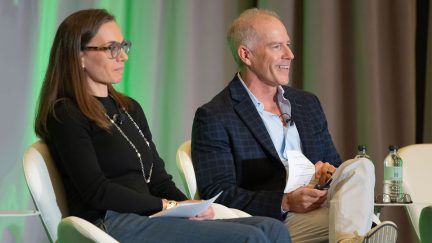In Practice May 7, 2007
Advisers Need to Better Manage Practice Revenues
Are you getting a fair reward for your labor and risk?
Reported by Alison Cooke
Speaking at the National Retirement Partners annual conference in California, Mark Tibergien, a principal with Moss Adams, told advisers that despite significant growth in revenue for adviser practices, income for owners has been flat. He said this can be a result of the firms reinvesting in their companies – or it could be a sign of poor management.
Traditionally, Tibergien said, the adviser owning a practice sees his compensation as what he is left with once he subtracts the costs from his firm’s revenue. However, he suggested that advisers should take their revenue and subtract the direct costs (which should total about 40%) to get a gross profit. From that, they should subtract their overhead costs (which should total about 25%, Tibergien said), and that should leave them with an operating profit of approximately 25%. The direct cost figure should include salaries, including that of the business owner, which is his reward for labor. Then the operating cost is the reward for risk, the reward for business ownership. Tibergien suggested this is part of the reason that advisers at a wirehouse have smaller payouts—they aren’t taking the risk of business ownership, he said.
Adviser practices have been growing significantly, but costs are rising faster than revenues, he said. Luckily, the growth in revenues isn’t just a result of a market increase; advisers are garnering new clients and growing assets from their existing relationships.
However, Tibergien stated, passive referrals are still driving growth, which suggests the marketing arm of the practices is atrophying.
Advisers are dealing with significant time pressures, in which they find it is difficult to spend time managing their practices and serving their clients. An Advisor Impact study found that only 39% of advisors’ time is spent on client service, Tibergien said, which probably isn’t enough.
You Might Also Like:

Rethinking Opportunities for RIA Growth
OneDigital has revved up its pursuit of growth by aggressively building career pipelines and by utilizing artificial intelligence ‘coworkers.’

Advisers Step Up as Clients Face Market Uncertainty
During market swings and economic stress, advisers delivered steady guidance, reinforced their value and identified growth opportunities despite the volatility,...

AI Firm Jump Announces Integrations with eMoney and RightCapital
The partnerships allow advisers to keep financial plans updated without manual data entry.